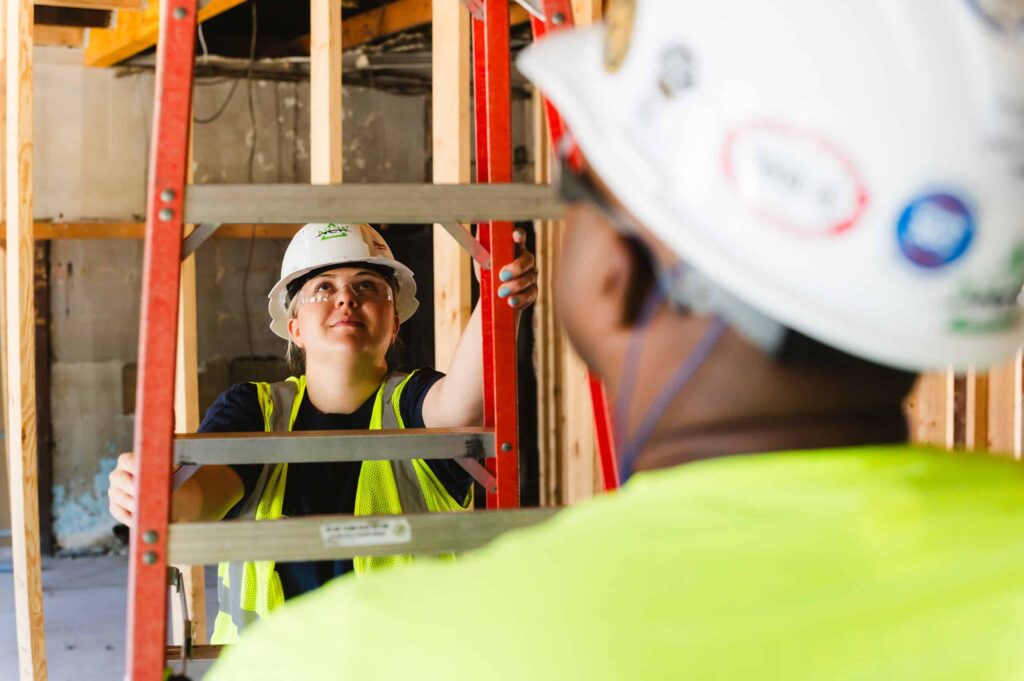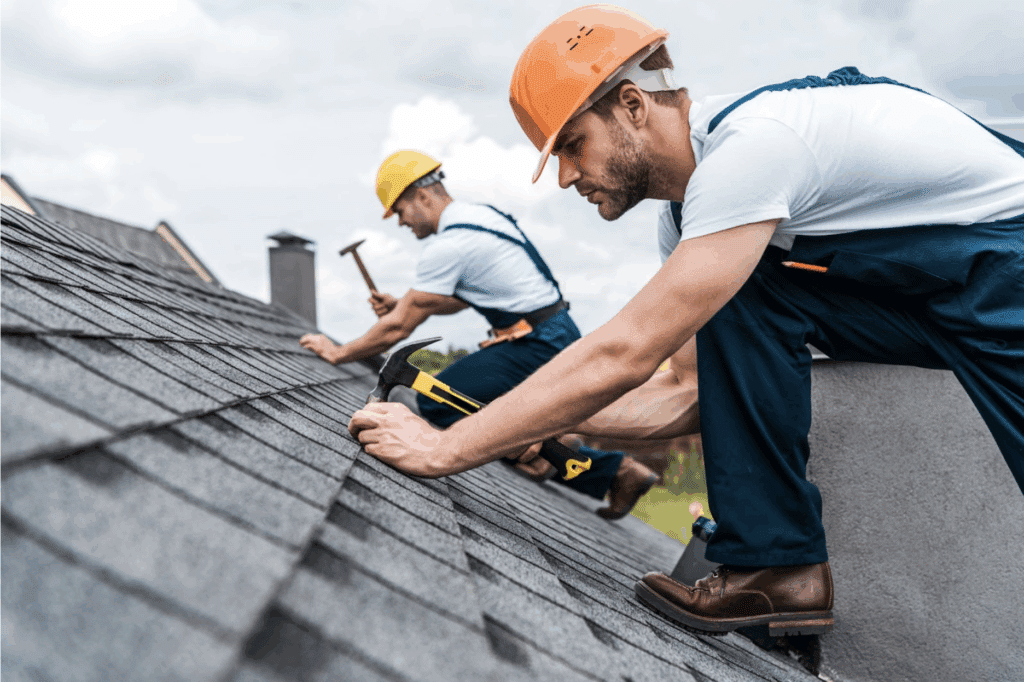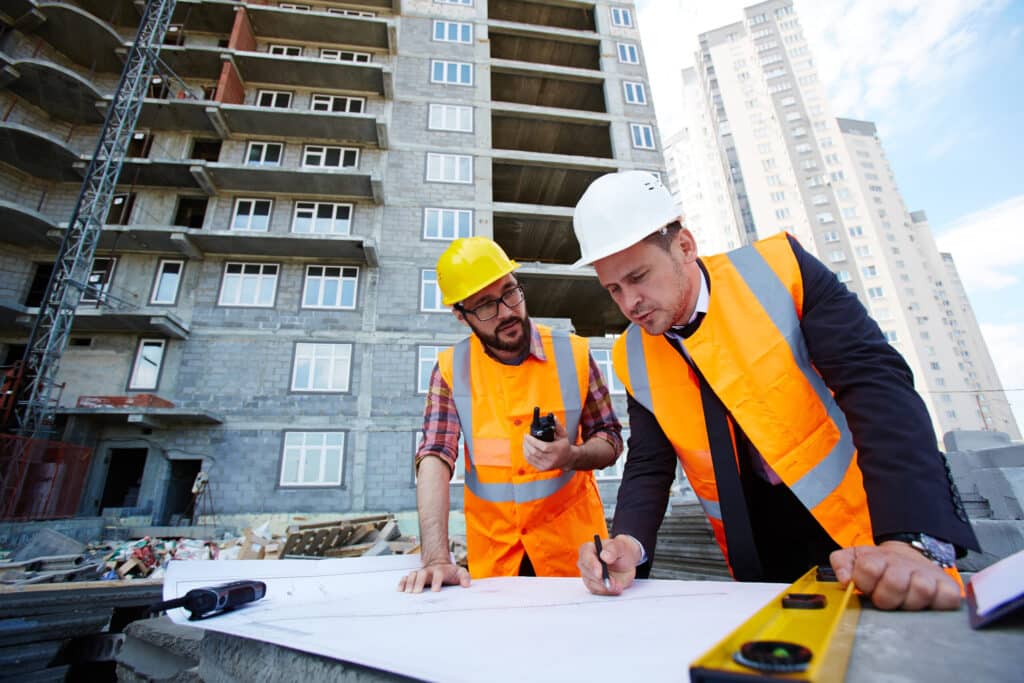Why Every Second of Load Time Costs You Money and Trust
Your website just cost you a $50,000 project, and you’ll never know it happened. When your website speed construction performance is slow, a property manager pulled up your site on her phone between meetings. She waited three seconds for your homepage to load, then four. By second five, she was already looking at your competitor’s site instead.
This happens dozens of times every week to construction companies across the Bay Area. Their work is excellent and their prices are competitive, but their websites are too slow to even get a chance.
I see this constantly. Contractors invest in beautiful websites with stunning project galleries and detailed service pages. Then they wonder why their contact form sits empty while their competitors stay booked solid.
The answer is usually the same: nobody waits around long enough to see how good your site actually is.
Speed Is Not a Technical Detail, It’s a Trust Signal
Here’s something most construction companies miss: your website speed tells potential clients how you run your business.
When someone lands on a slow website, their brain makes instant assumptions. If you can’t manage a fast website, can you manage a construction timeline? If your digital presence is sloppy, is your work sloppy too? Fair or not, people judge your professionalism by how quickly your site responds.
Think about the last time you visited a slow website. You probably felt frustrated and maybe a little annoyed. You definitely questioned whether this company had their act together.
Your potential clients feel exactly the same way about your site.
The Reality of How People Find Contractors Today
Most construction leads start on mobile. Someone needs work done, they pull out their phone, and they search right there in the parking lot, standing in line at the coffee shop, or sitting in traffic.
They’re not settling in at a desktop computer for a leisurely browse through contractor websites. They’re making fast decisions on small screens with varying internet connections.
If your site takes eight seconds to load on mobile, you’ve already lost them. They’re gone, probably looking at three other contractors before your homepage even finishes appearing.
What Slow Actually Means in Real Numbers
Let’s talk about what “slow” means, because most construction company owners have no idea their site has a problem.
You probably load your own website on your office computer with fast internet, and it feels fine to you. Two seconds, maybe three, which seems reasonable.
But here’s what’s really happening:
On mobile with a typical 4G connection:
- Your site might take 6 to 10 seconds to fully load
- Images appear slowly, one by one
- Buttons don’t work until everything finishes loading
- Users get frustrated and leave
The industry benchmarks:
- 53% of mobile visitors leave if a page takes longer than 3 seconds to load
- Every additional second of load time can decrease conversions by 7%
- Pages that load in 2 seconds have an average bounce rate of 9%
- Pages that load in 5 seconds see bounce rates jump to 38%
For construction companies competing in the Bay Area market, this matters more than you think. You’re not just competing on price and quality. You’re competing on who makes it easiest to learn about their services and make contact.
The Hidden Costs of a Slow Website
Speed impacts more than just whether people stick around. It affects every part of how your website performs for your business.
Search Rankings Take a Hit
Google treats site speed as a ranking factor, especially for mobile searches. Two construction companies with similar services and similar content? The one with the faster site ranks higher, which means fewer people even find your site in the first place. You’re losing leads before they even have a chance to click.
Ad Spend Gets Wasted
If you’re running Google Ads or Facebook Ads to drive traffic to your site, a slow loading page kills your return on investment. You’re paying for clicks, but visitors leave before seeing your content.
Every dollar spent on advertising gets partly wasted by a site that can’t load fast enough to convert that traffic into leads.
Mobile Users Never Convert
Mobile traffic now accounts for more than 60% of web browsing. For local construction searches, that number is even higher. People search for contractors on their phones while they’re thinking about the problem that needs solving.
A slow mobile experience means you’re essentially invisible to more than half your potential market.
Need help improving your Bay Area web design performance? Let’s identify what’s slowing you down.
Your Reputation Suffers Quietly
Nobody tells you they didn’t hire you because your website was slow. They just move on, but that experience shapes their perception of your company.
When they see your trucks around town or hear your name mentioned, they remember that frustrating experience. Your slow website becomes part of your reputation, whether you realize it or not.
Need help improving your Bay Area web design performance? Let’s identify what’s slowing you down.
What Actually Makes Construction Websites Slow
Understanding the problem helps you fix it. Most slow construction websites suffer from the same handful of issues.
Massive, Unoptimized Images
Construction companies love showing off their work with high resolution photos. That’s great for showcasing quality, but terrible for site speed when those images aren’t optimized.
A single project photo straight from a professional camera can be 5 to 8 MB. Put ten of those on a gallery page and you’re forcing visitors to download 50+ MB just to see your work.
Optimized images that look just as good but load 10 times faster? That’s the difference between a site that works and one that drives people away.
Too Many Scripts and Plugins
Every fancy feature, every social media feed, every chat widget, every analytics tool adds code that has to load. Construction websites often accumulate these additions over time without anyone thinking about the cumulative impact.
Each one might only add half a second. But ten of them together create a sluggish experience that frustrates visitors.
Cheap Hosting That Can’t Keep Up
Some construction companies try to save money with budget hosting. That $10 per month plan seems fine until you realize your site sits on a server shared with hundreds of other websites, all competing for the same resources.
When traffic spikes or another site on your server gets busy, your load times suffer. Your potential clients don’t care about your hosting plan. They just know your site is slow.
No Mobile Optimization
Desktop and mobile are completely different experiences. A site designed only for desktop computers will struggle on phones. Different screen sizes, different connection speeds, different user behaviors.
Construction websites need to be built for mobile first, then enhanced for desktop. Not the other way around.
How to Fix Your Website Speed Problem
Improving website speed isn’t about one magic solution. It’s about addressing multiple factors that compound together.
Optimize Every Image
Run every photo through compression tools before uploading. Use modern image formats like WebP that look great but load faster. Implement lazy loading so images below the fold don’t load until users scroll down.
This single change can cut your load time in half.
Clean Up Your Code
Remove unused plugins and scripts. Minimize CSS and JavaScript files. Use caching to store common elements so repeat visitors load your site even faster.
A leaner codebase means faster response times across the board.
Upgrade Your Hosting
Invest in quality hosting with servers optimized for speed. Use a content delivery network (CDN) to serve your site from locations closer to your visitors.
The difference between budget and premium hosting is measured in seconds of load time. That’s worth paying for.
Build Mobile First
Design and develop with mobile as the primary experience. Make sure touch targets are appropriately sized, content reflows properly, and mobile users can accomplish everything desktop users can.
Mobile optimization isn’t optional anymore. It’s the baseline for any professional website.
Use tools like Google PageSpeed Insights to regularly check your site speed. Set up alerts so you know immediately if performance starts degrading.
Speed isn’t a one time fix. It’s an ongoing maintenance priority.
Monitor Performance Continuously
Use tools like Google PageSpeed Insights or GTmetrix to regularly check your site speed. Set up alerts so you know immediately if performance starts degrading.
Speed isn’t a one time fix. It’s an ongoing maintenance priority.
Speed Impacts Every Stage of the Customer Journey
Fast websites don’t just keep visitors around longer. They improve the entire experience of working with your company.
First Impressions Set Expectations
When someone finds your site and it loads instantly, they assume you’re responsive in other ways too. Fast site equals responsive company. That expectation carries through to how they perceive your communication and work quality.
Research Becomes Easier
Potential clients comparing multiple contractors will spend more time on fast sites. They’ll look at more project examples, read more about your services, and get a better sense of whether you’re the right fit.
Slow sites cut that research short. They never get the full picture of what you offer.
Contact Happens More Often
Every extra second of load time reduces form submissions. When your contact page loads quickly and the form works smoothly, people follow through on their intent to reach out.
Remove friction from the contact process and you get more leads. It’s that simple.
What This Means for Your Bottom Line
Website speed directly impacts revenue for construction companies. Not in abstract ways, but in real dollars that either come in or go to your competitors.
Faster sites generate more leads. More leads mean more opportunities to bid. More bids mean more projects. The math is straightforward.
If your current site converts 2% of visitors into leads, and speed improvements increase that to 3%, you’ve just increased your lead volume by 50%. Same traffic, same marketing spend, significantly more opportunities.
For a construction company doing $2 million in annual revenue, that speed improvement could mean hundreds of thousands in additional projects. All from making sure your site loads in three seconds instead of seven.
The question isn’t whether you can afford to fix your speed problem. It’s whether you can afford to keep losing leads to competitors with faster sites.
Your Website Should Work as Fast as You Do
Construction is a business built on reliability and responsiveness. When a client calls, you answer. When a problem comes up on a job site, you handle it immediately.
Your website should reflect that same responsiveness. Fast, efficient, professional.
We help Bay Area construction companies build websites that load quickly on any device, convert visitors into leads, and support business growth instead of hindering it. Not flashy sites with unnecessary features, but strategic platforms optimized for speed and conversion.
If you’re losing leads to slow load times, you’re losing money every single day. The fix is more straightforward than you might think, and the return on investment shows up immediately in your lead volume and conversion rates.
Ready to stop losing leads to slow load times? Get a free speed audit and see exactly what’s holding your site back.







